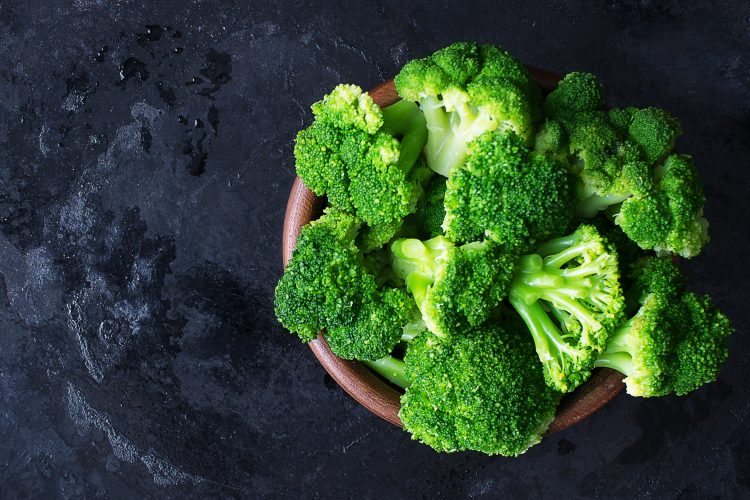USDA awards grant to identify key gut microbes in broccoli
- Like
- Digg
- Del
- Tumblr
- VKontakte
- Buffer
- Love This
- Odnoklassniki
- Meneame
- Blogger
- Amazon
- Yahoo Mail
- Gmail
- AOL
- Newsvine
- HackerNews
- Evernote
- MySpace
- Mail.ru
- Viadeo
- Line
- Comments
- Yummly
- SMS
- Viber
- Telegram
- Subscribe
- Skype
- Facebook Messenger
- Kakao
- LiveJournal
- Yammer
- Edgar
- Fintel
- Mix
- Instapaper
- Copy Link
Posted: 4 September 2023 | Grace Galler | No comments yet
The University of Illinois has received a grant from the USDA to identify which microbes maximise the benefits of broccoli and other brassica vegetables.


The US Department of Agriculture’s (USDA) National Institute of Food and Agriculture has awarded the University of Illinois a grant to allow a team of researchers to identify which microbes maximise the benefits of broccoli and other brassica vegetables.
Previously, a research team at the university’s Urbana-Champaign campus had suggested that gut microbe communities may be responsible for a variation in how some people are less efficient than others at unlocking the chemical benefits of broccoli. Now, the team has received funding to carry out the relevant research.
“Gut microbes only factor in when we eat cooked broccoli. When eating the vegetable raw, healthy compounds and a bitter taste are unleashed with every gnash of our teeth, the result of a chemical reaction activated by physical damage,” explained the team.
“Eliminating the bitterness is easy; we just have to cook it. But cooking inactivates the enzyme involved in the reaction, myrosinase. Thankfully, some microbes manufacture their own version of myrosinase, making it possible for them to complete the reaction in the gut with varying levels of efficiency.”
Principal investigator of the grant and professor in in the Department of Food Science and Human Nutrition, part of the College of Agricultural, Consumer and Environmental Sciences, Michael Miller, explained that gut bacteria can metabolise glucosinolates in broccoli to isothiocyanates (ITCs), the bioactive compounds with known health benefits, but he also acknowledged that they can break glucosinolates into other inactive materials that do nothing for us.
“We’re focusing on the flux between these metabolic outcomes and how we can potentially steer that flux towards ITCs and away from the non-bioactive products,” said Miller.
The first step in their study is identifying which bacteria are involved and how efficiently they produce ITCs versus non-beneficial compounds. Currently, Miller’s team has a study underway in mice. They claim that this model system can provide clues for future human studies.
In the mice study, the team are feeding them broccoli and kale, both cooked and uncooked, to understand the chemical and microbial dynamics of the system. Once ITCs are unlocked (whether in the mouth or the gut) they trigger bitter-taste receptors in cell membranes, something the researchers claims starts a series of reactions that produce hormones affecting glucose homeostasis and the perception of fullness.
USDA commits to supporting Hispanic representation in agriculture
“We actually have bitter taste receptors all the way down, not just in our mouths, but in our colon and small intestine, too. The goal of our work is to show that the bitter compounds (ITCs) made by gut bacteria from metabolising broccoli trigger bitter taste receptors in the gut and impact satiety, causing mice to eat less,” explained Miller.
Once Miller identifies “bacterial superstars” that maximise ITC production for anti-cancer and weight management benefits, he says that “custom probiotics could be developed to help level the playing field for people with lower-efficiency microbial communities”. In addition, Miller has predicted that his research will inform recommendations about whether raw or cooked broccoli (or kale) might be more useful for weight loss.









